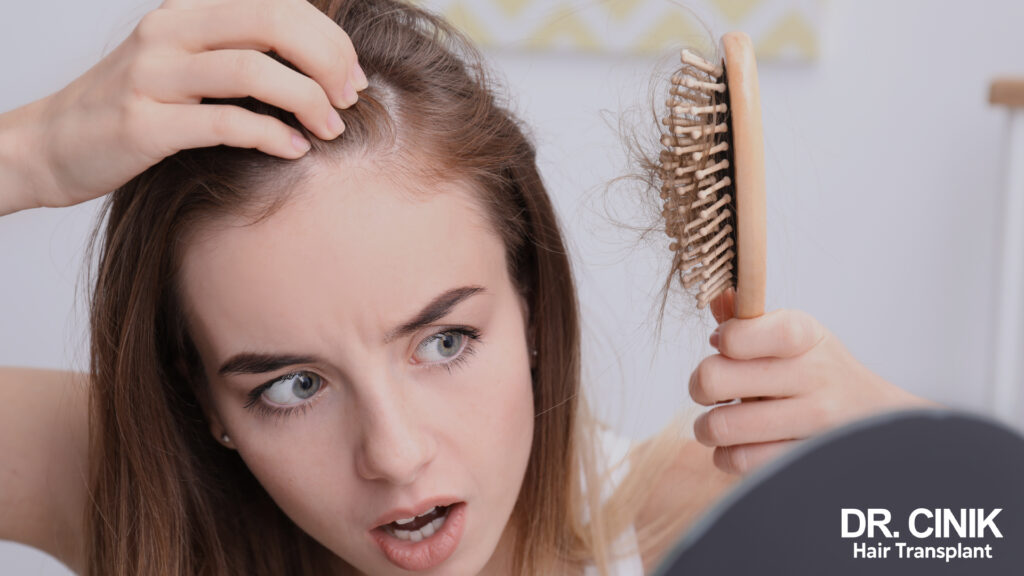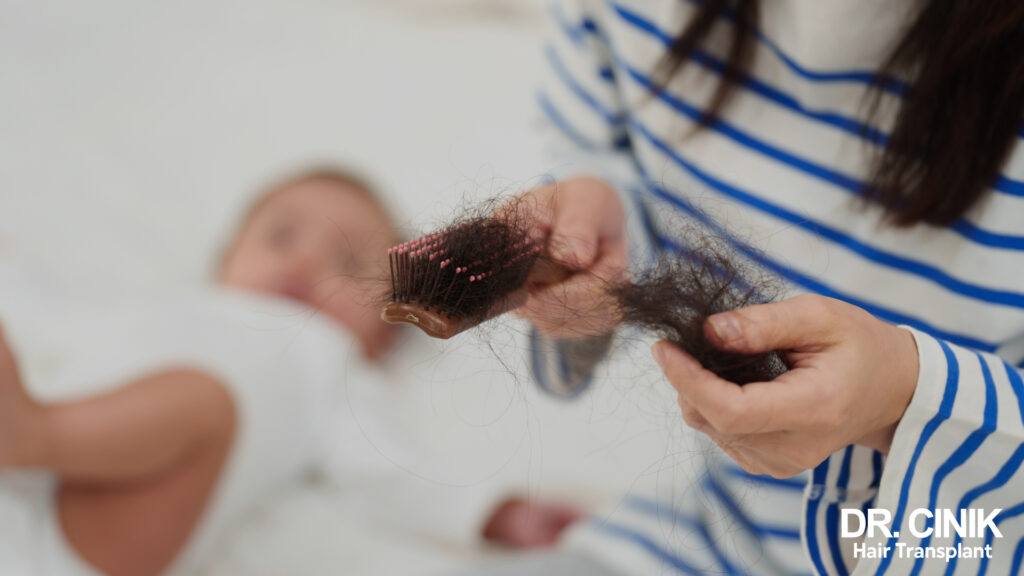Androgenetic Alopecia: A Comprehensive Understanding of Pattern Hair Loss and its Genetic Factors

Summary
Androgenetic, also known as androgenic alopecia, impacts both genders at varying rates. It’s a distressing condition that often carries a substantial psychological toll on individuals suffering from it. However, the silver lining is that the causes of this form of hair loss are well-understood.
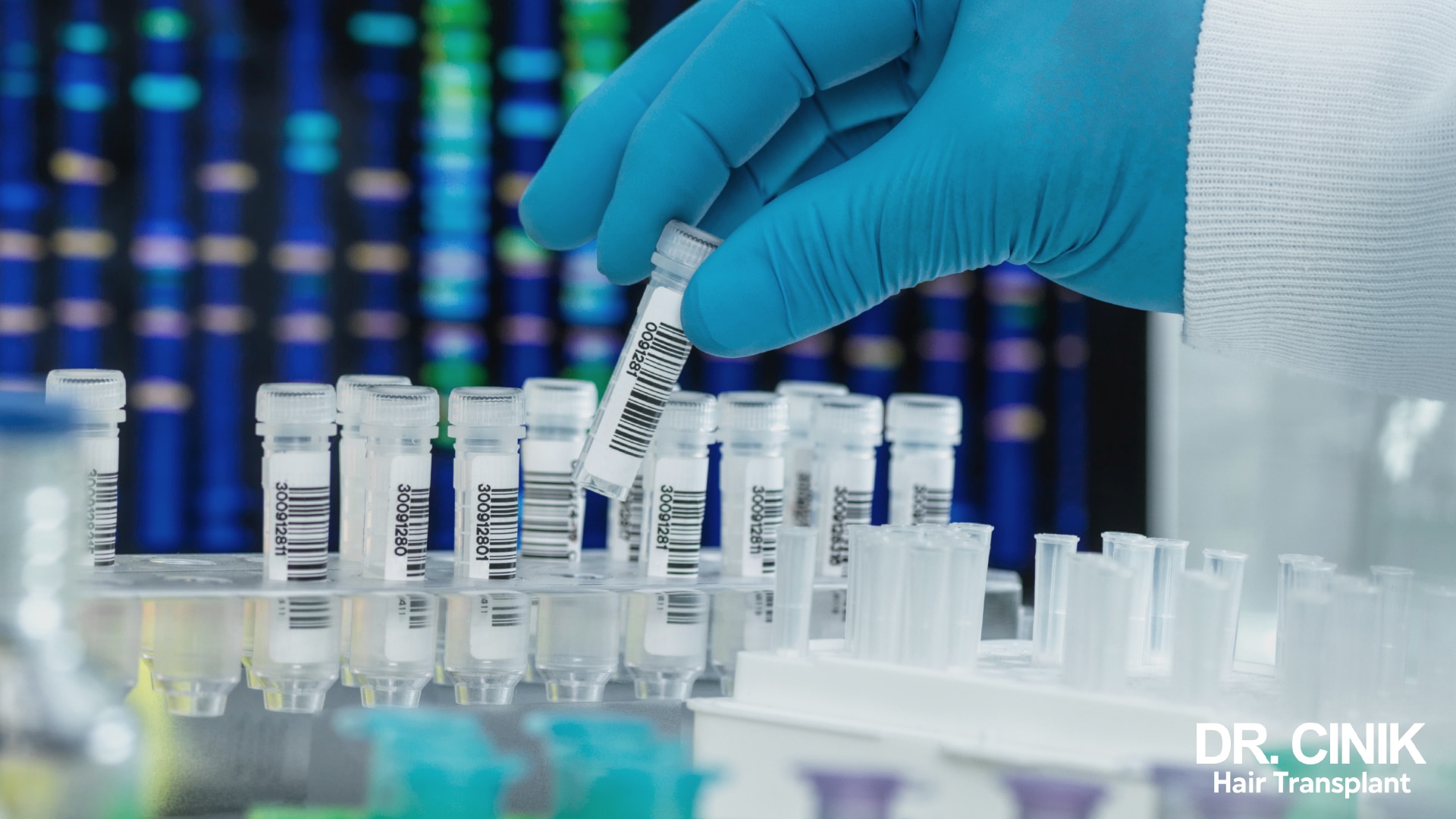
What is androgenetic or hereditary alopecia?
Androgenetic alopecia is a type of hair loss where hair shedding is greatly accelerated, and regrowth is inhibited. Typically, an average person loses between 50 to 100 hairs per day as part of the normal hair growth cycle. However, this number is significantly exceeded in individuals with androgenetic alopecia, indicating a pathological condition.
This form of hair loss often begins at the front and sides of the scalp, progressing to the top of the head. Interestingly, hair loss tends to be less noticeable around the neck and temple regions. For women, androgenetic alopecia primarily manifests as a diffuse thinning over the crown, sparing areas like the forehead.
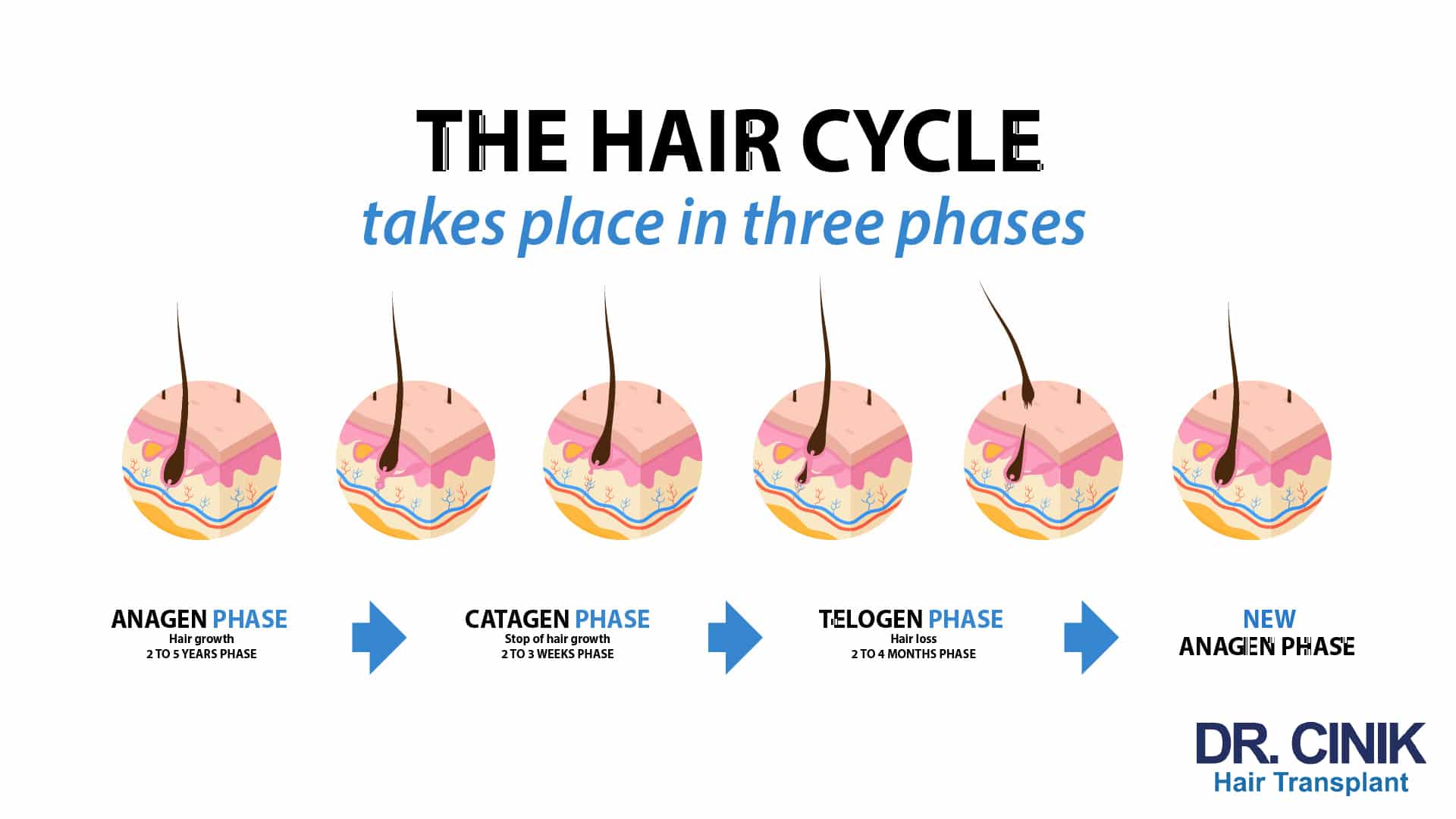
What causes androgenetic alopecia?
Androgenetic alopecia results from a mix of genetic influences and the impact of androgenic hormones, which expedite the hair cycle. This condition exhibits differing patterns in men and women.
In men
In men, the factors involved are mainly heredity and androgens.
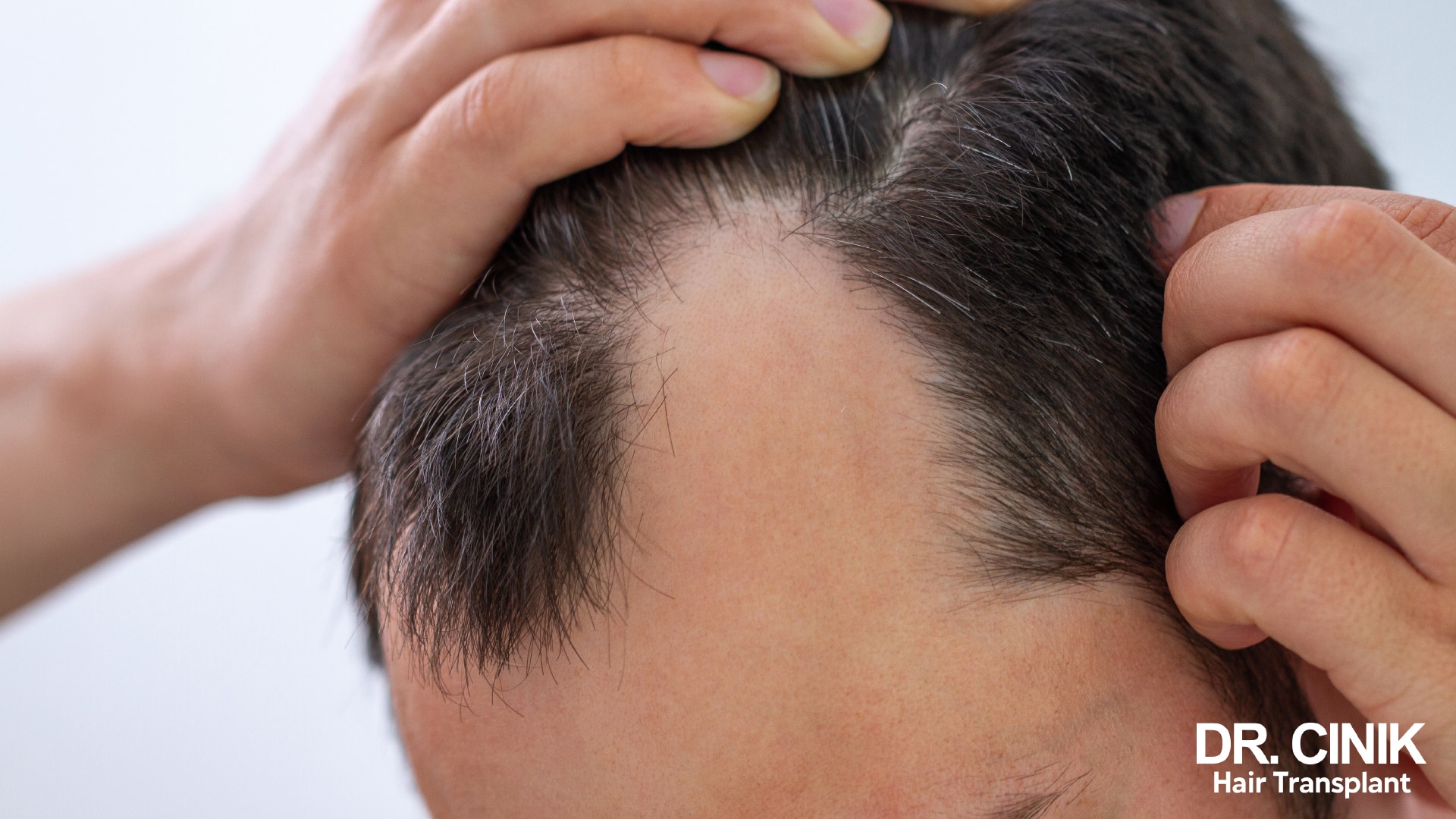
Genetic predisposition
In male hereditary alopecia, a genetic susceptibility triggers the hair loss process. Genetic tracing has shown that genes associated with this condition are located on both the X and autosomal chromosomes. Research conducted at the University of Edinburgh discovered 13 genes on the X chromosome and an additional 112 genes on the autosomal chromosome. As the X chromosome is inherited from the mother, a man’s likelihood of experiencing baldness is heightened if his maternal lineage has a history of this condition.
The action of androgens
A genetic predisposition enhances the activity of androgens, thereby creating optimal conditions for the development of alopecia. The primary androgen implicated is dihydrotestosterone (DHT), a testosterone derivative that accelerates the hair cycle, the stages each hair strand goes through in its lifetime.

For men, this hair cycle usually lasts about three years, whereas, for women, it’s typically five years. This cycle starts with the anagen phase (lasting 2 to 6 years) when the hair grows. It concludes with the telogen phase (2 to 3 months), when the follicle dies and eventually falls out. The catagen phase, lasting 2 to 3 weeks, sits between these two stages and represents a period of rest or transition for the hair.
Ordinarily, each hair strand goes through this cycle 20 to 25 times. However, under the influence of DHT, the hair cycle accelerates for some hair strands, depleting the hair’s regrowth capacity. As a result, the hair strands become thinner, leading to the eventual demise of the hair follicle.
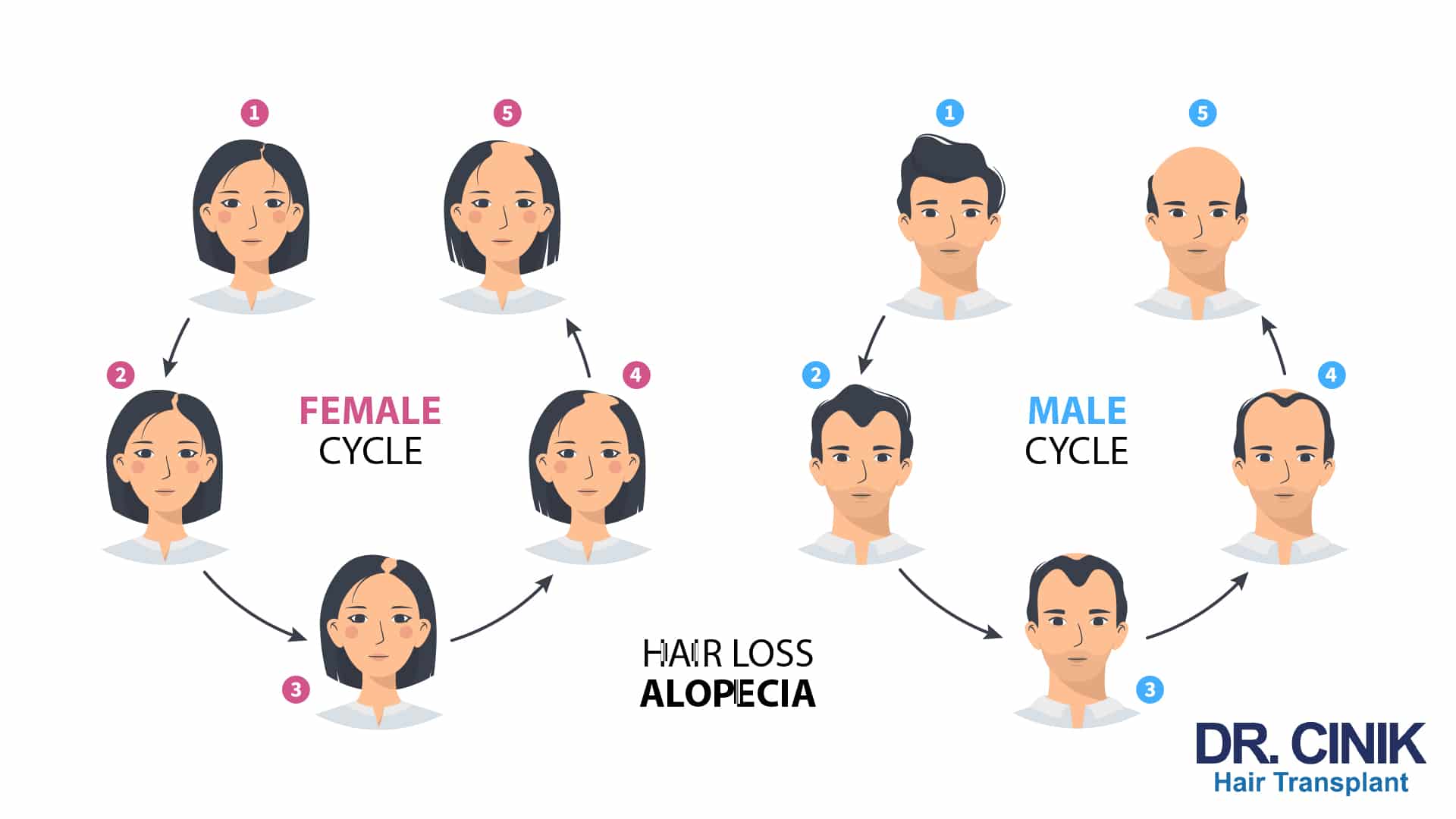
In women
Although the prevalence of androgenetic alopecia is lower in women than men, it is still a reality. This condition is commonly known as female pattern baldness.
Genetic predisposition
The genetic factor is involved in the development of hereditary alopecia in women. She inherits genes that make her hair follicles more sensitive to the action of male hormones.
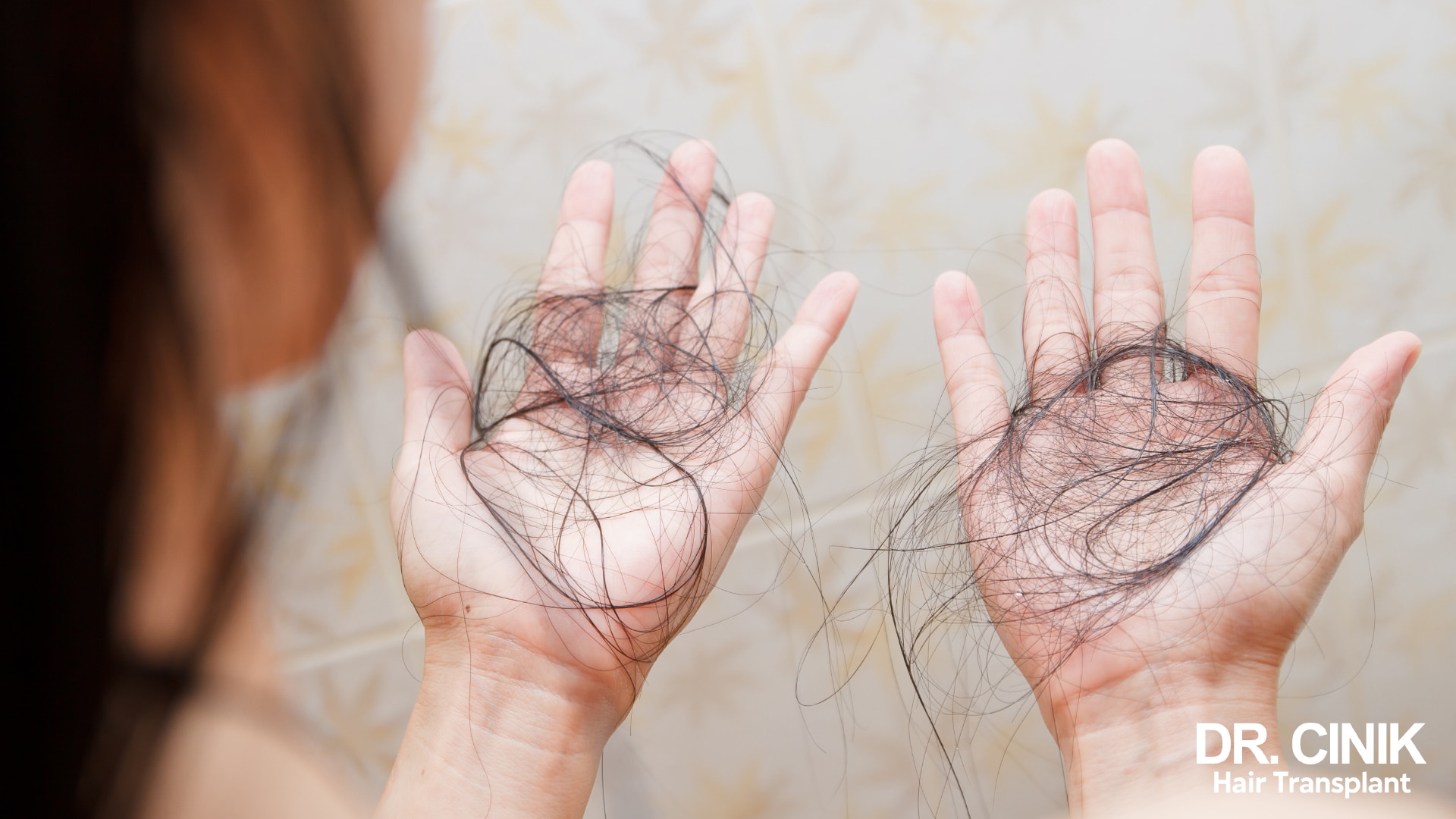
The action of androgens
Genetic predisposition sets the stage for the male hormones’ heightened effect on hair follicles in females. Even with hormone levels lower than those found in men, the mere existence of this genetic component is enough to cause a lasting disruption in the hair cycle. The various stages of the hair cycle (anagen, catagen, and telogen) progress rapidly, culminating in the eventual loss of the hair roots.
How common is androgenetic alopecia in the general population?
Hereditary alopecia is much more common in men than in women. It usually occurs with age, but cases have been reported earlier in younger populations.
Alopecia affects about 20% of people in their 20s, 30% in their 30s and up to 40% of people aged 40 or over. Not surprisingly, there is an increase in cases in older people.
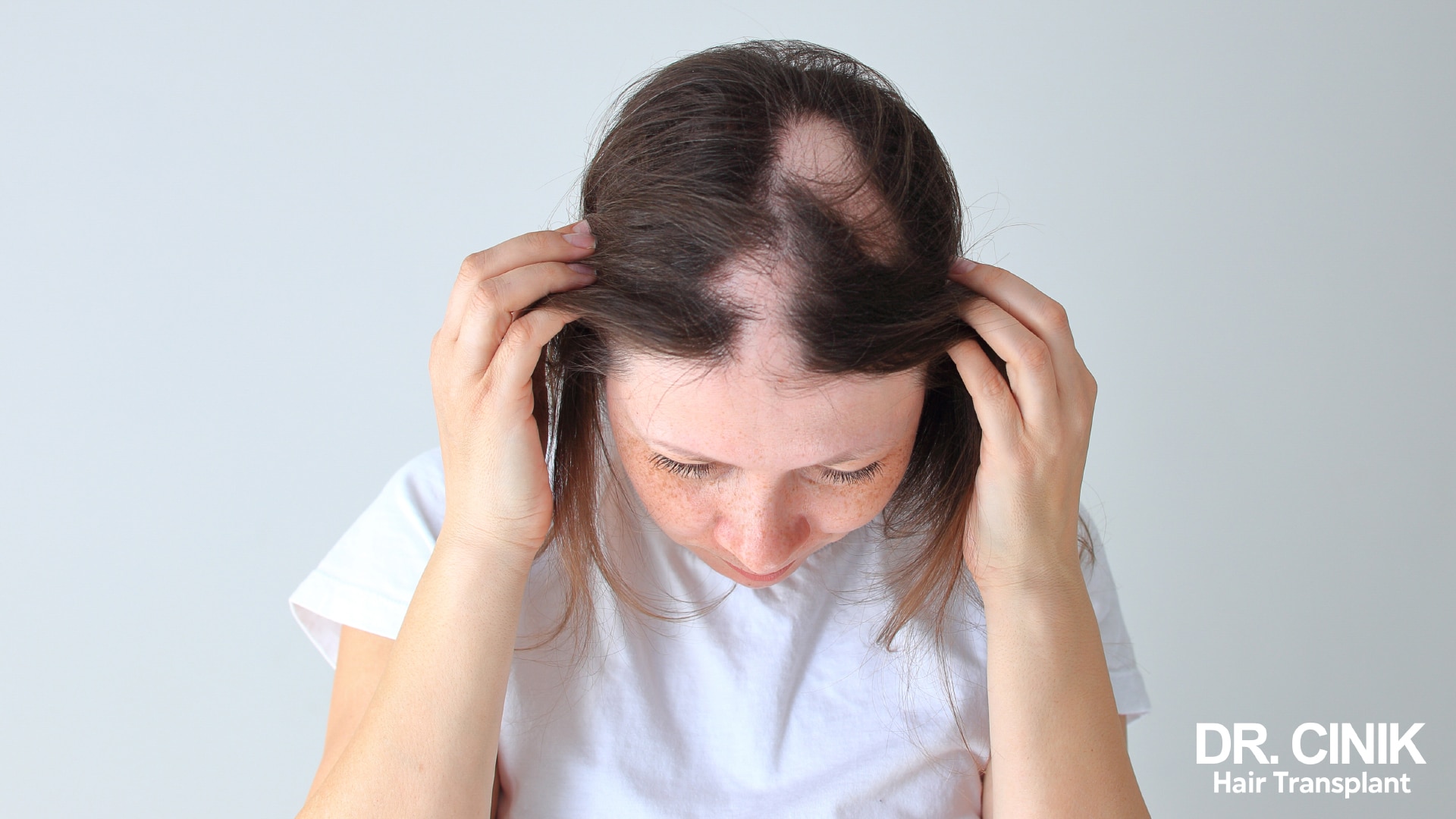
For women between the ages of 35 and 45, androgenetic alopecia affects 25% of subjects. The frequency is higher after age 50 and concerns between 35 and 45% of subjects. Here, in addition to the genetic aspect, hormones are also involved, especially with the onset of menopause (this condition is known as menopause hair loss)or during periods of stress, which induce more or less intense hormonal activity.
How does hereditary alopecia develop?
Two scales are used to measure the evolution of hereditary alopecia: the Norwood-Hamilton scale in men, and the Ludwig scale in women.
The Norwood-Hamilton scale
This scale measures the evolution of alopecia from its beginnings to its final state. The scale is divided into 7 stages (1 to 7), each representing a stage where hair loss becomes more pronounced.
- Stage 1: Hair loss begins to show in the frontal and temporal gulfs.
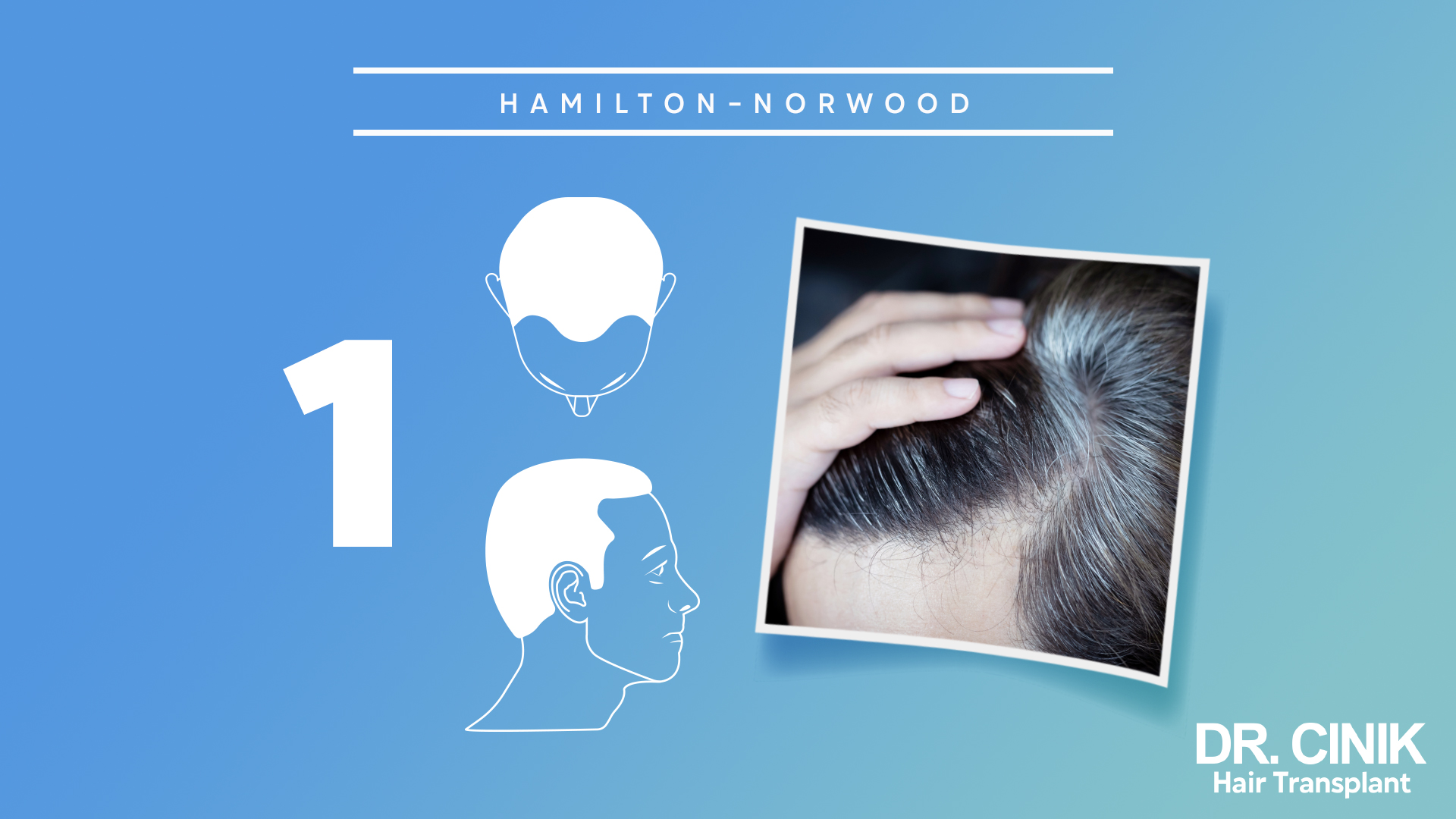
- Stage 2: the frontal and temporal gulfs show more pronounced hair loss.
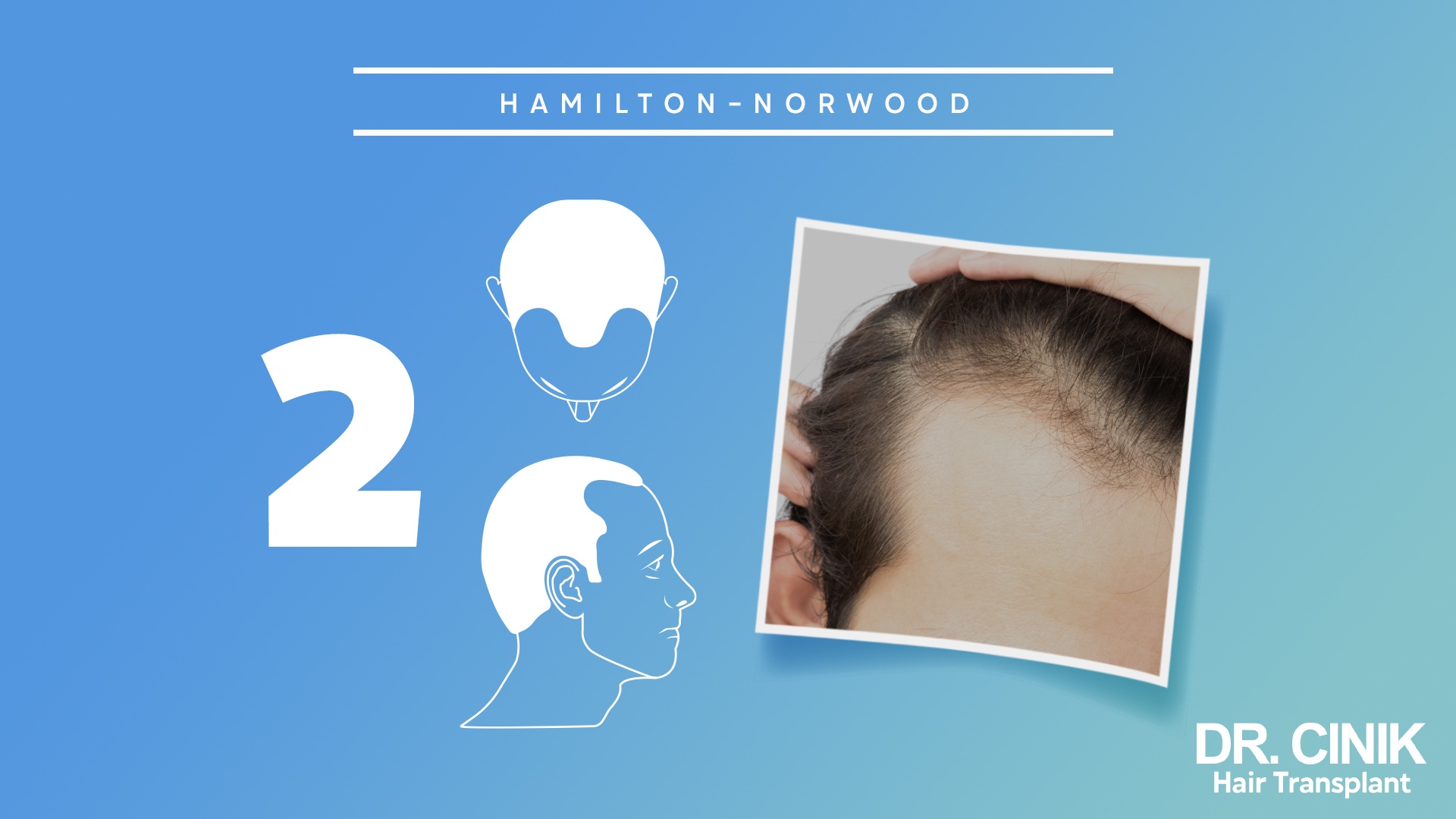
- Stage 3: baldness begins to set in, with baldness spreading to the top of the head.
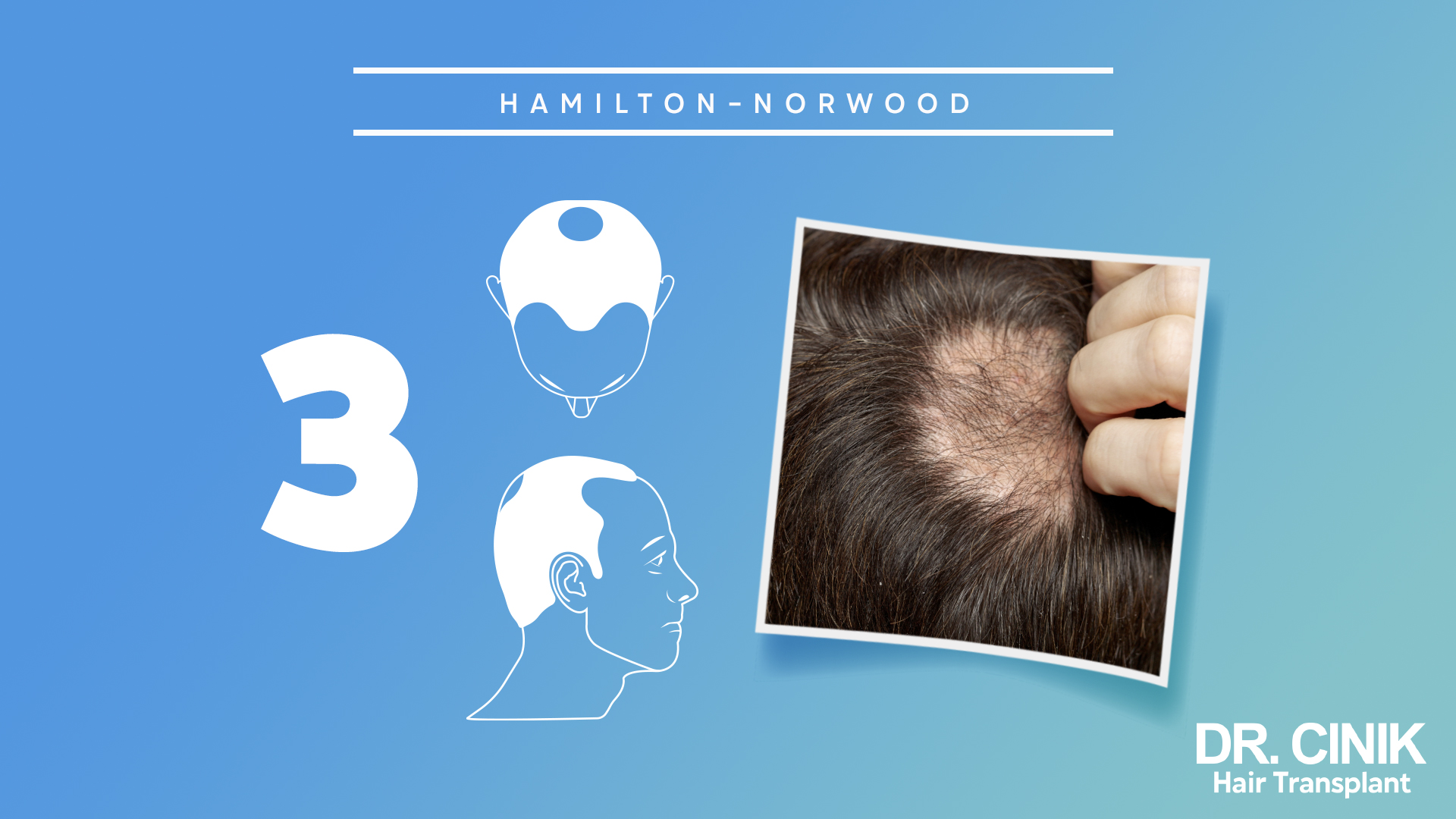
- Stage 4: the top of the skull and the frontal and temporal gulfs show less and less hair.
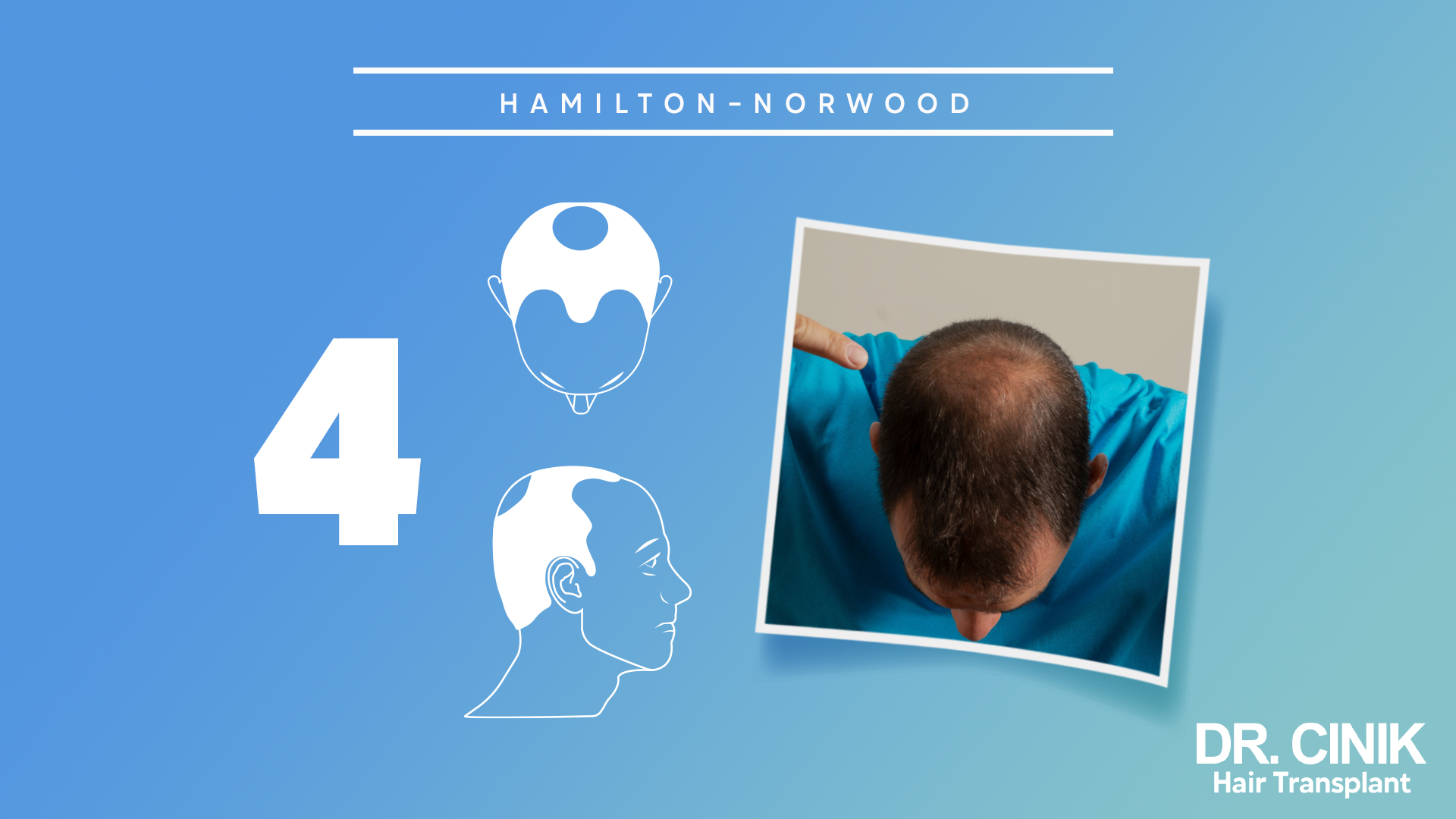
- Stage 5: hair loss is almost complete.
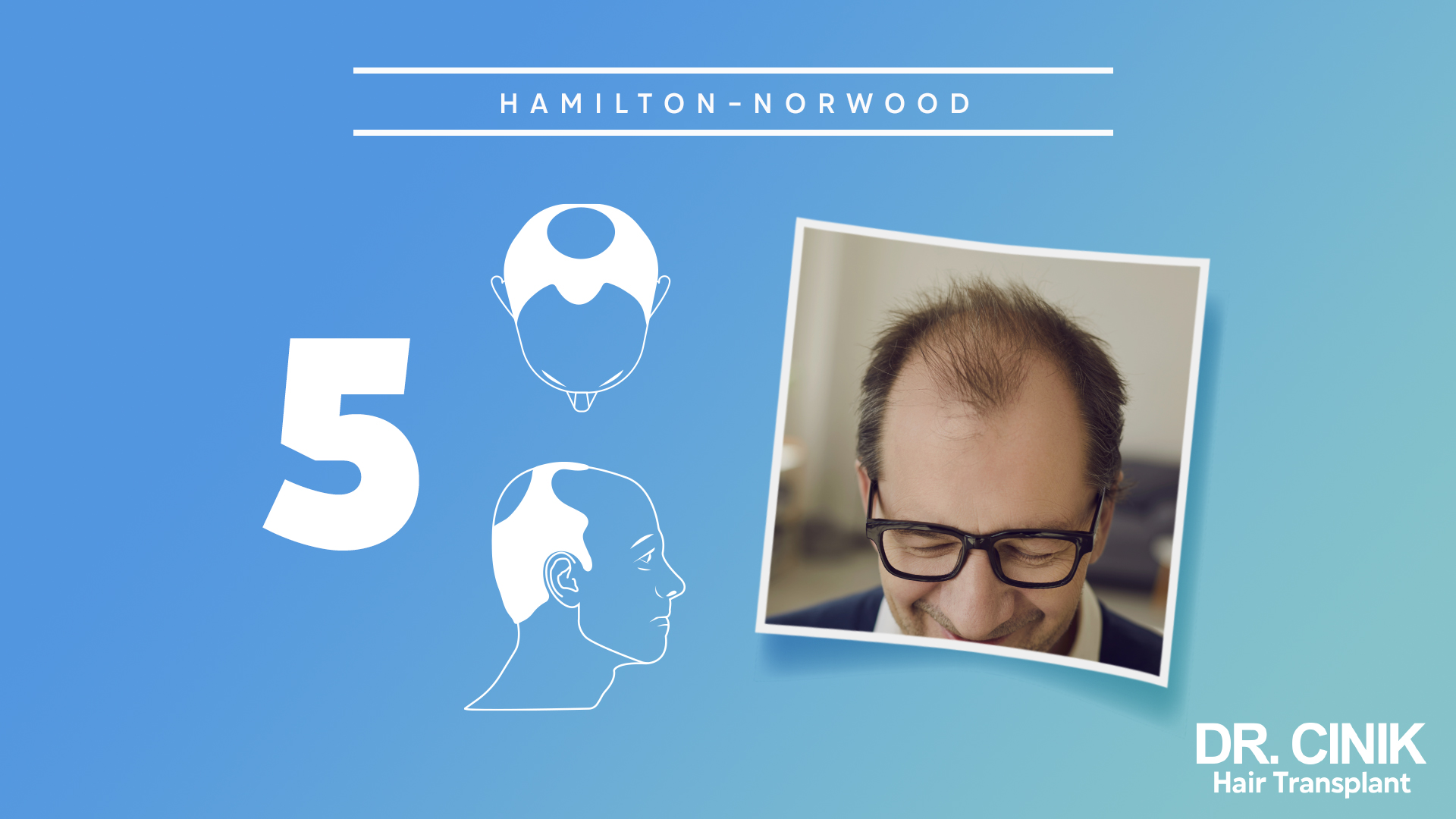
- The phenomenon becomes more pronounced in stages 6 and 7 when the baldness is complete. Only the Hippocratic area is spared.
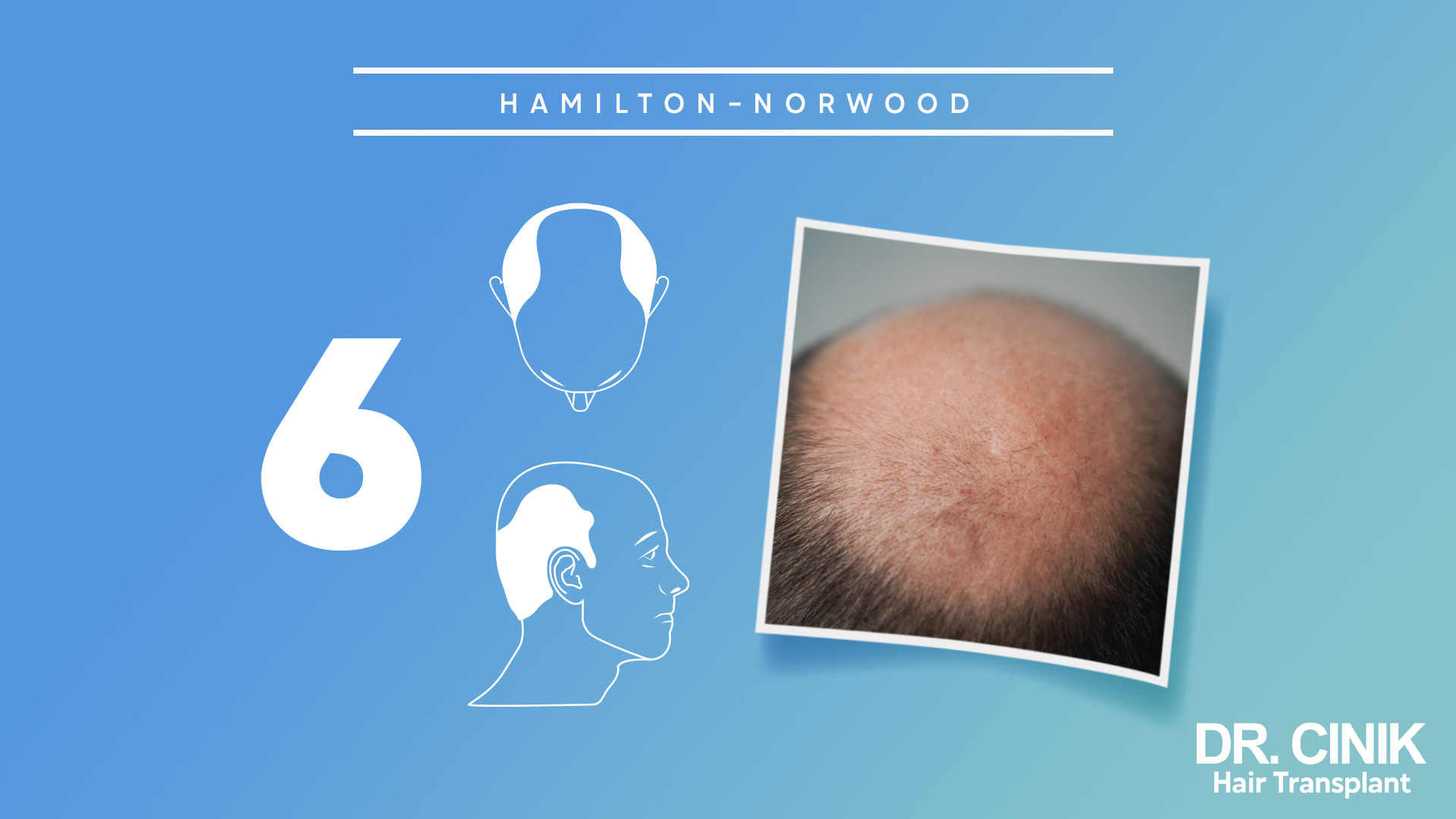
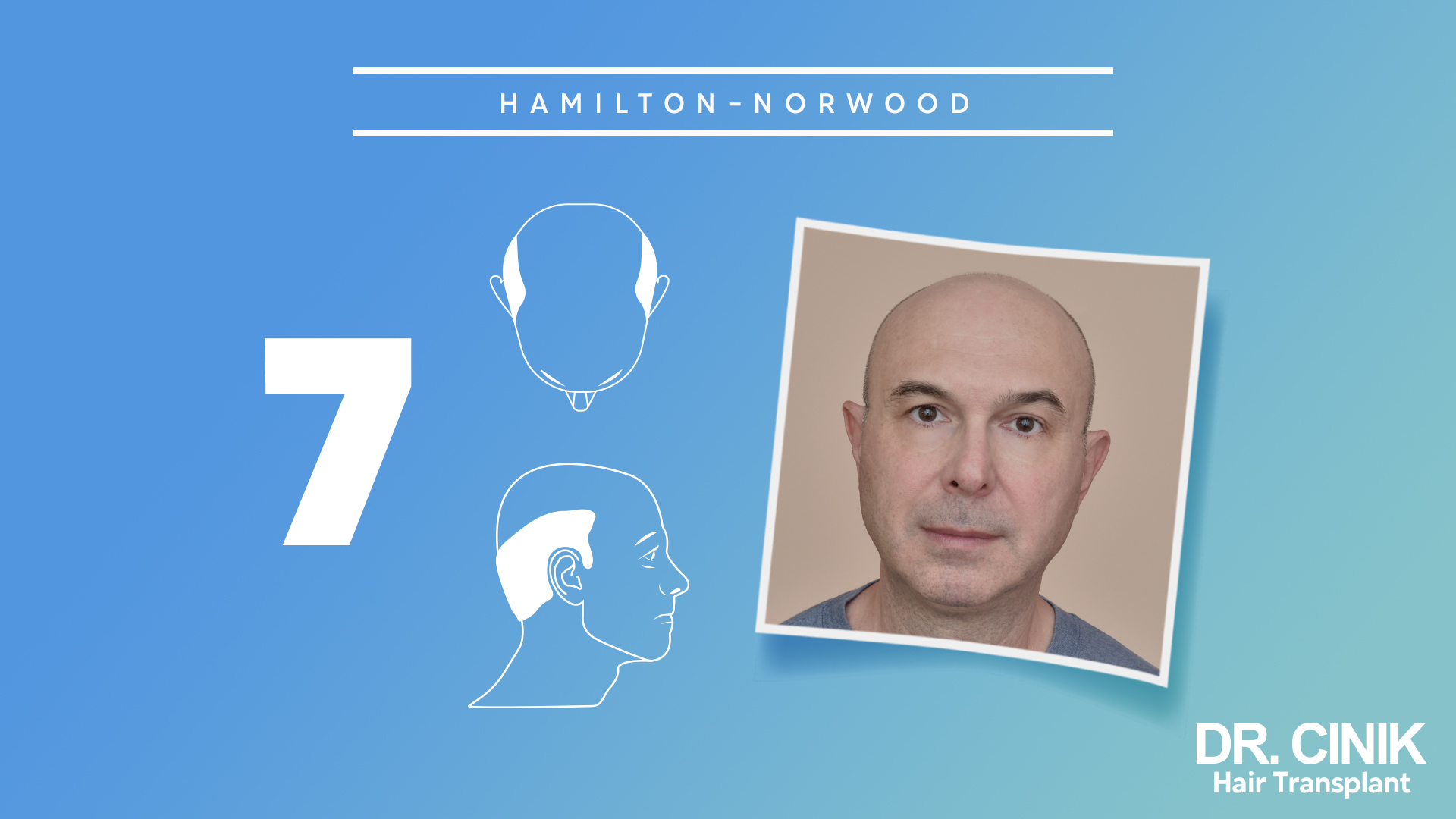
The Ludwig Scale
Ludwig’s scale has 3 stages, knowing that hair loss is much slower in women.
- In stage 1, hereditary alopecia, although present, is not necessarily noticeable. The baldness starts at the hairline and then spreads to the top of the head.

- In stage 2, hair loss at the top of the head becomes noticeable. The density of the hair starts to decrease. A band of hair of about one metre remains on the frontal line.
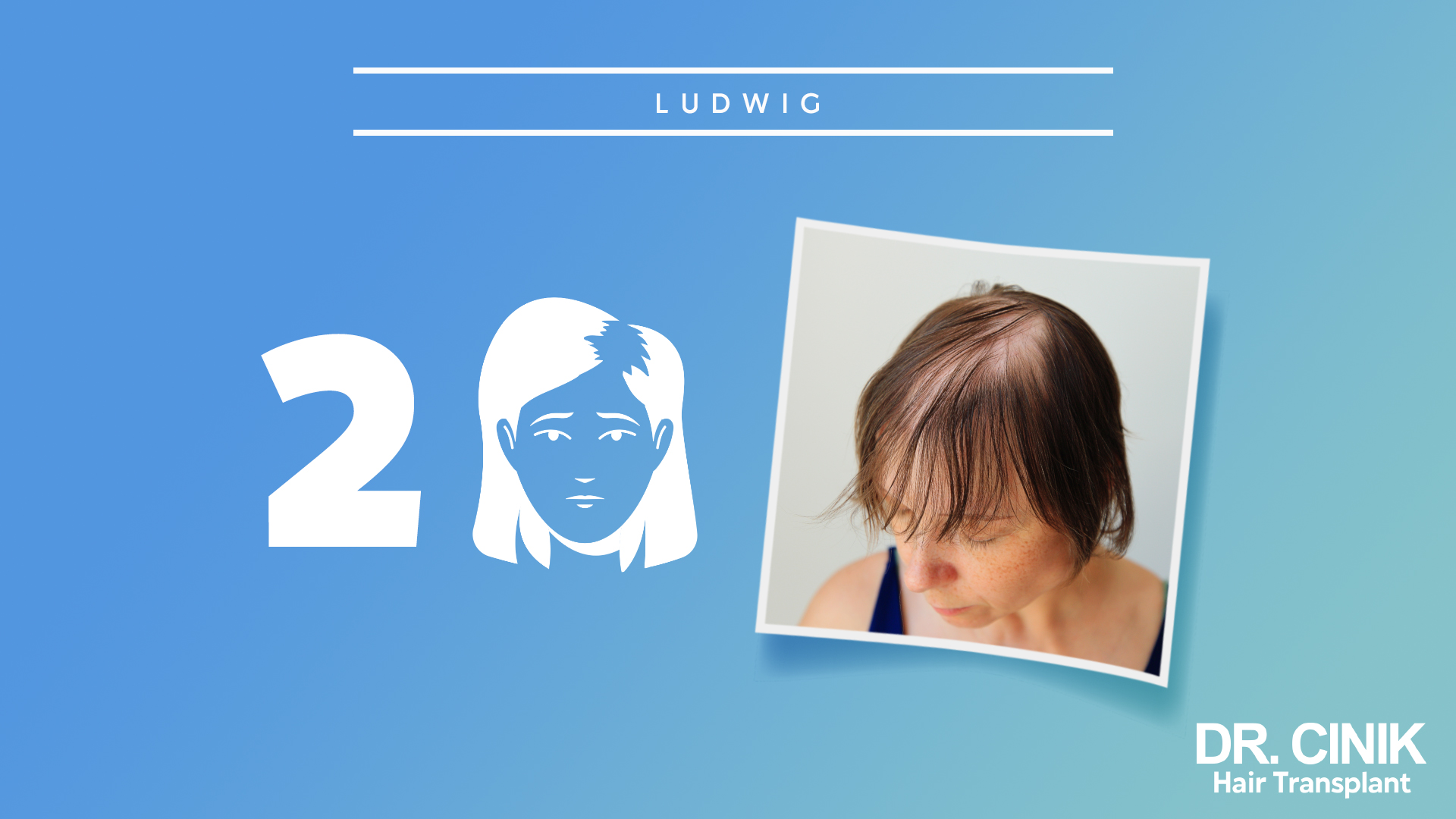
- In stage 3, the area from the parting to the top of the head is almost entirely bald. The hair band in the frontal line remains, although thin.
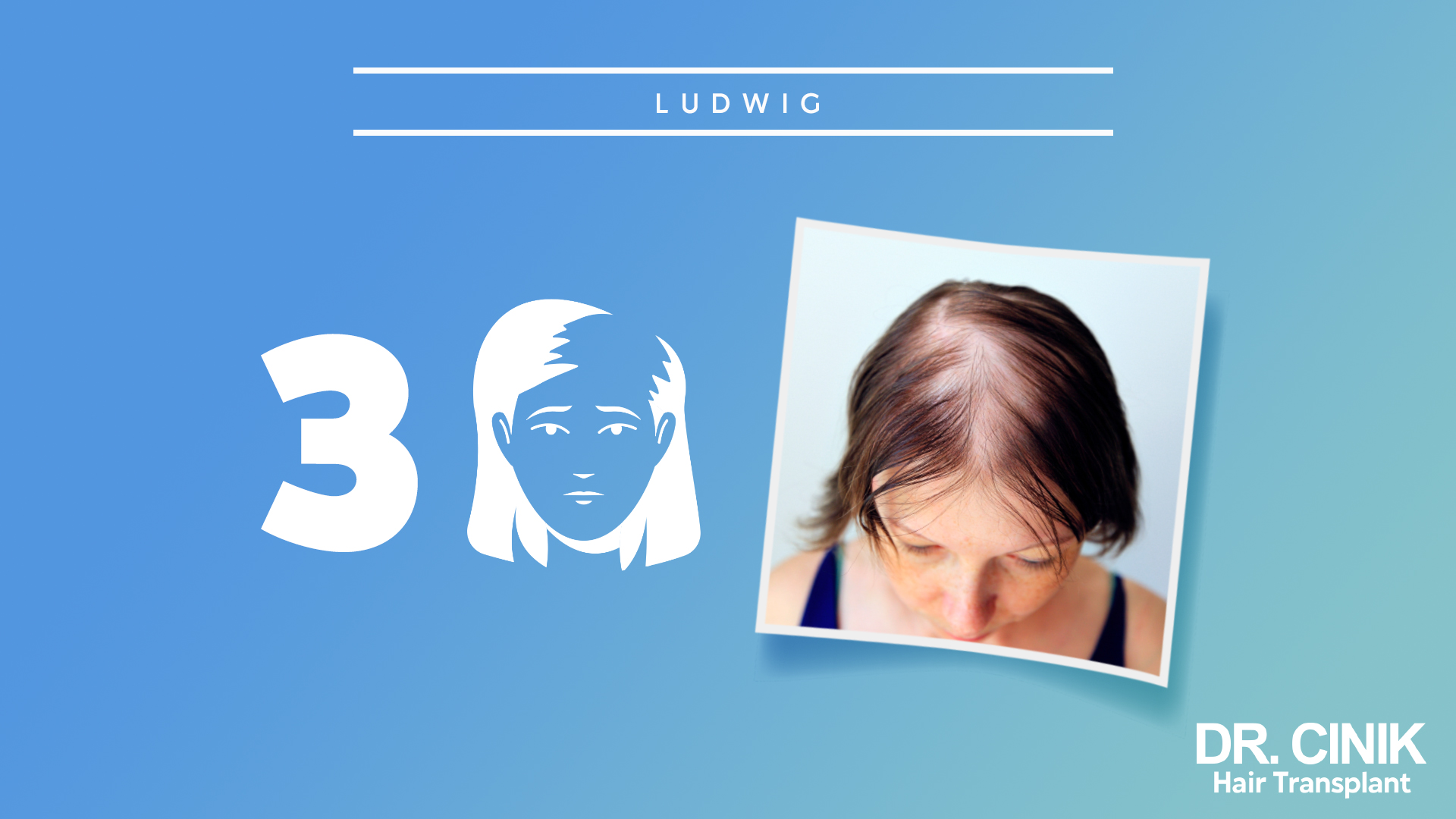
Androgenic alopecia rarely leads to the loss of all hair in women.
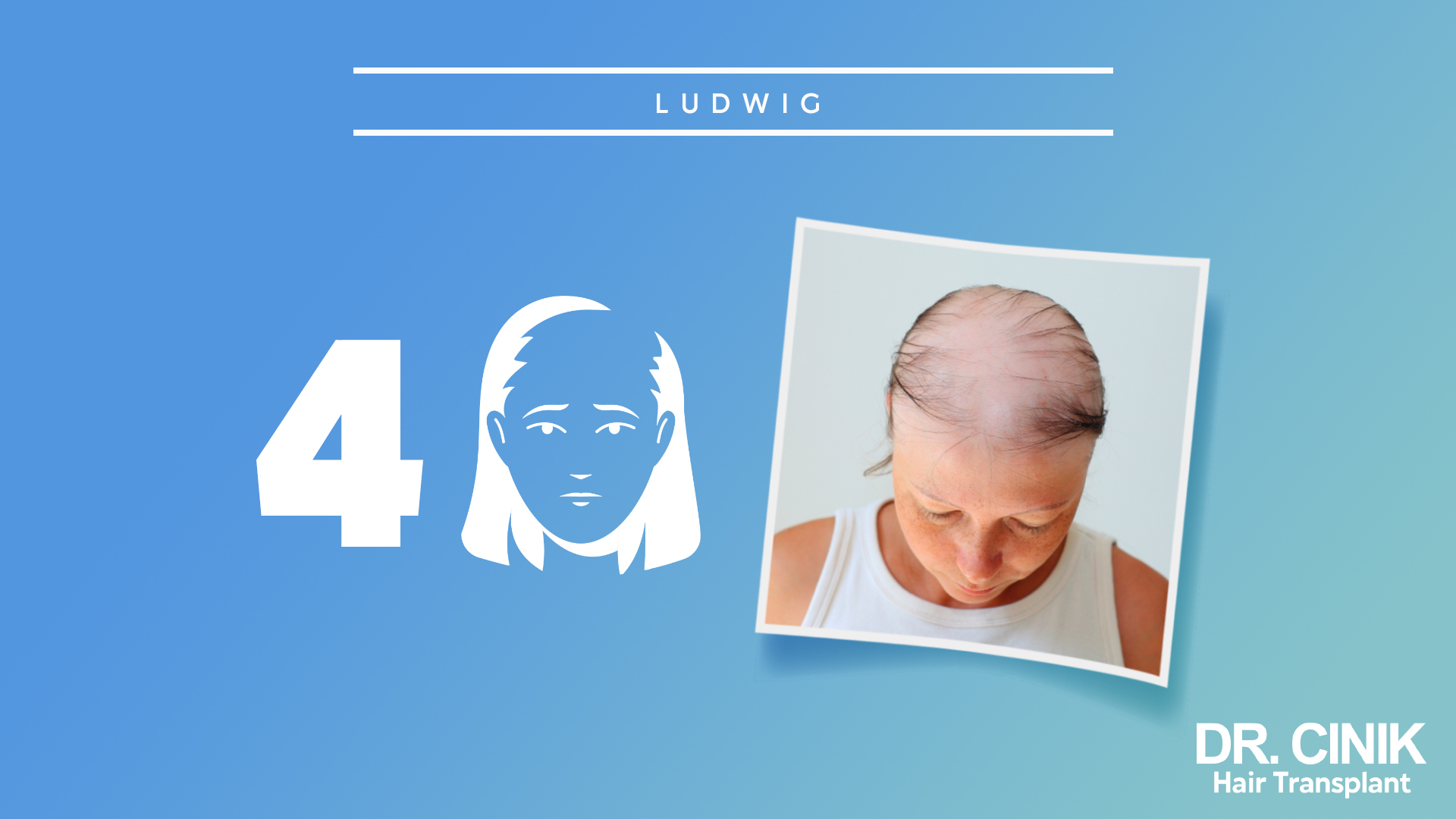
What treatments are effective for androgenetic alopecia?
Depending on the condition of the scalp, different treatments can be considered.
Drug treatments
Drug treatments are designed to limit DHT’s action and stimulate the roots. If given at the right time, the treatment can slow down the evolution of hereditary alopecia.

Finasteride
Finasteride is used to treat alopecia in men. It slows down hair loss by preventing testosterone from turning into dihydrotestosterone.
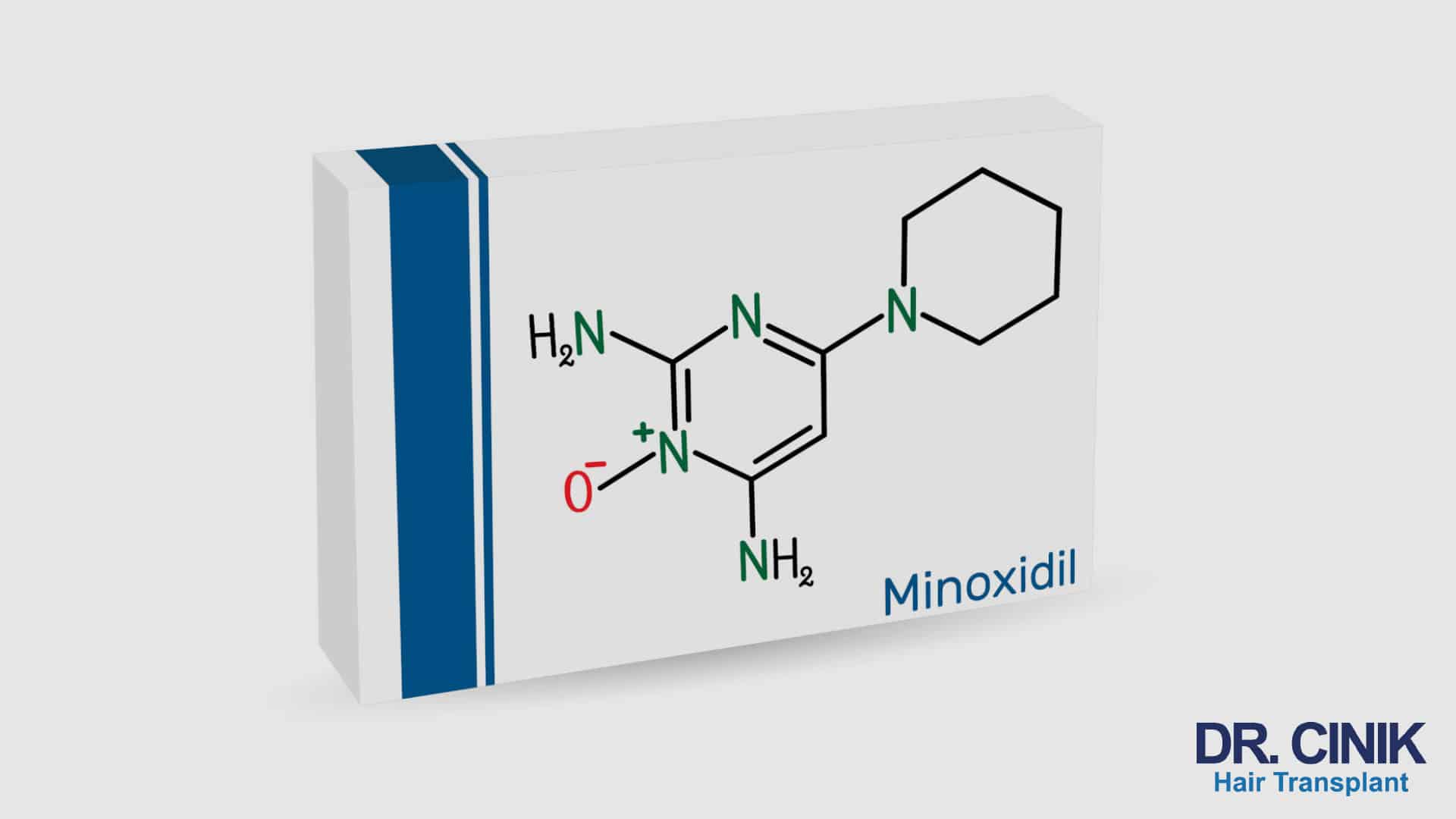
Minoxidil
Minoxidil is used to treat hereditary alopecia in women, either alone or in combination with an anti-androgen treatment. Its use is recommended at the first signs of hair loss.
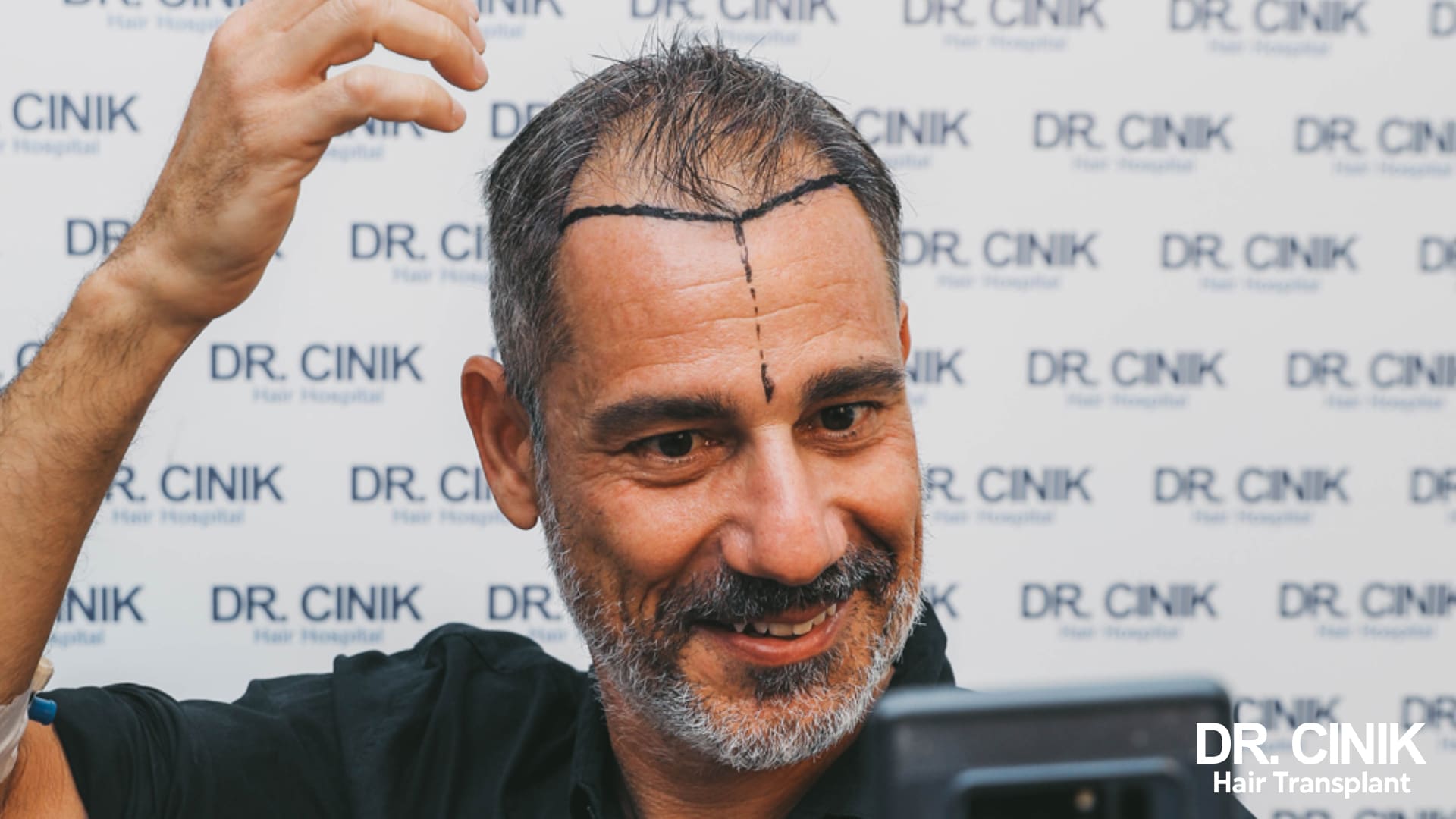
Hair Transplantation
Hair transplantation promises successful and lasting results. Thanks to various innovations, this treatment has improved with increasingly sophisticated techniques that make the transplant undetectable. Having your hair transplant done in Turkey with Dr Cinik allows you to save money while benefiting from unparalleled expertise.
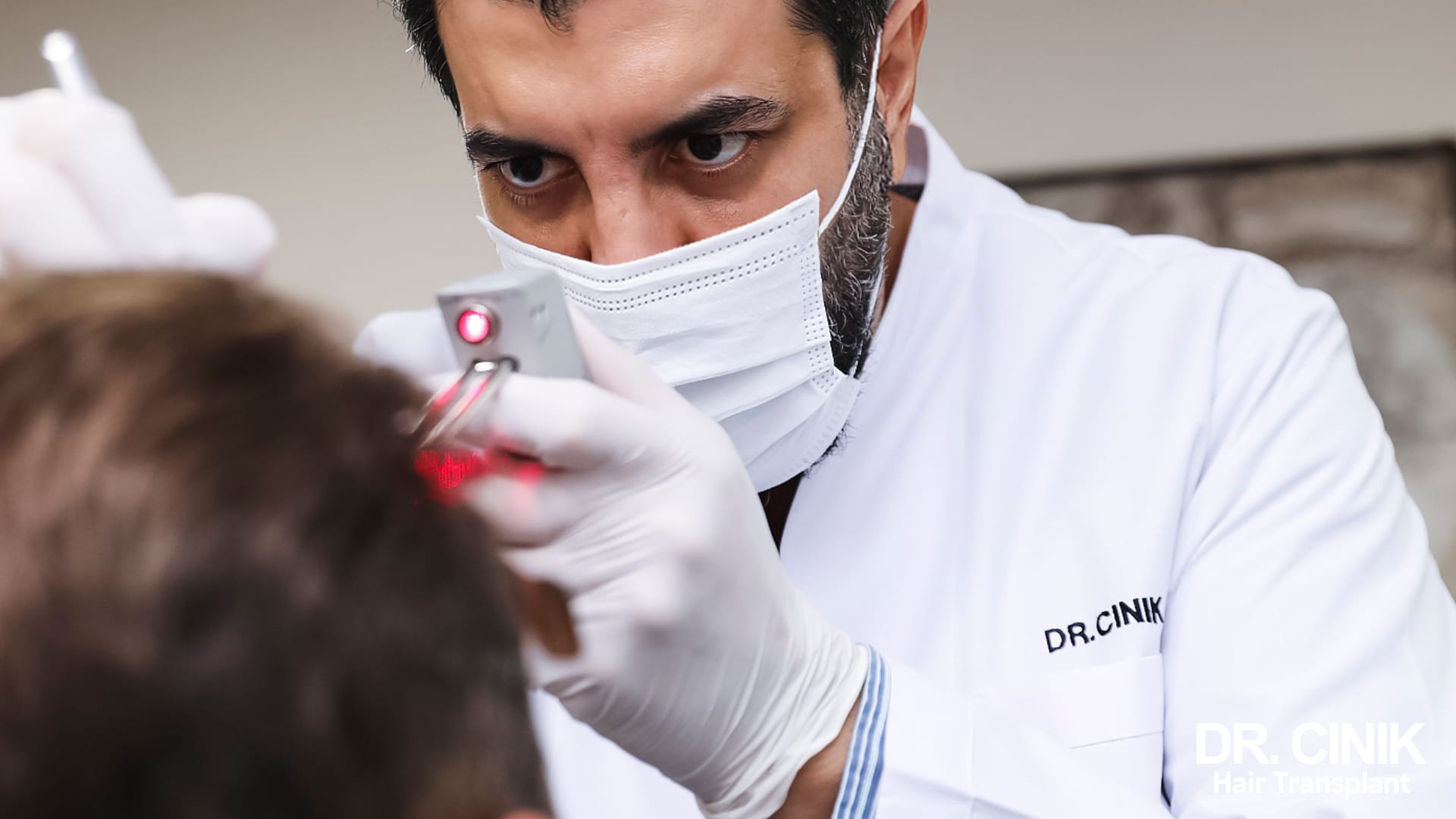
FUE
Follicular Unit Extraction (FUE) involves extracting follicles from a donor area and transplanting them to a recipient area. The operation is performed under local anaesthetic and the real results can be seen after 6 months.
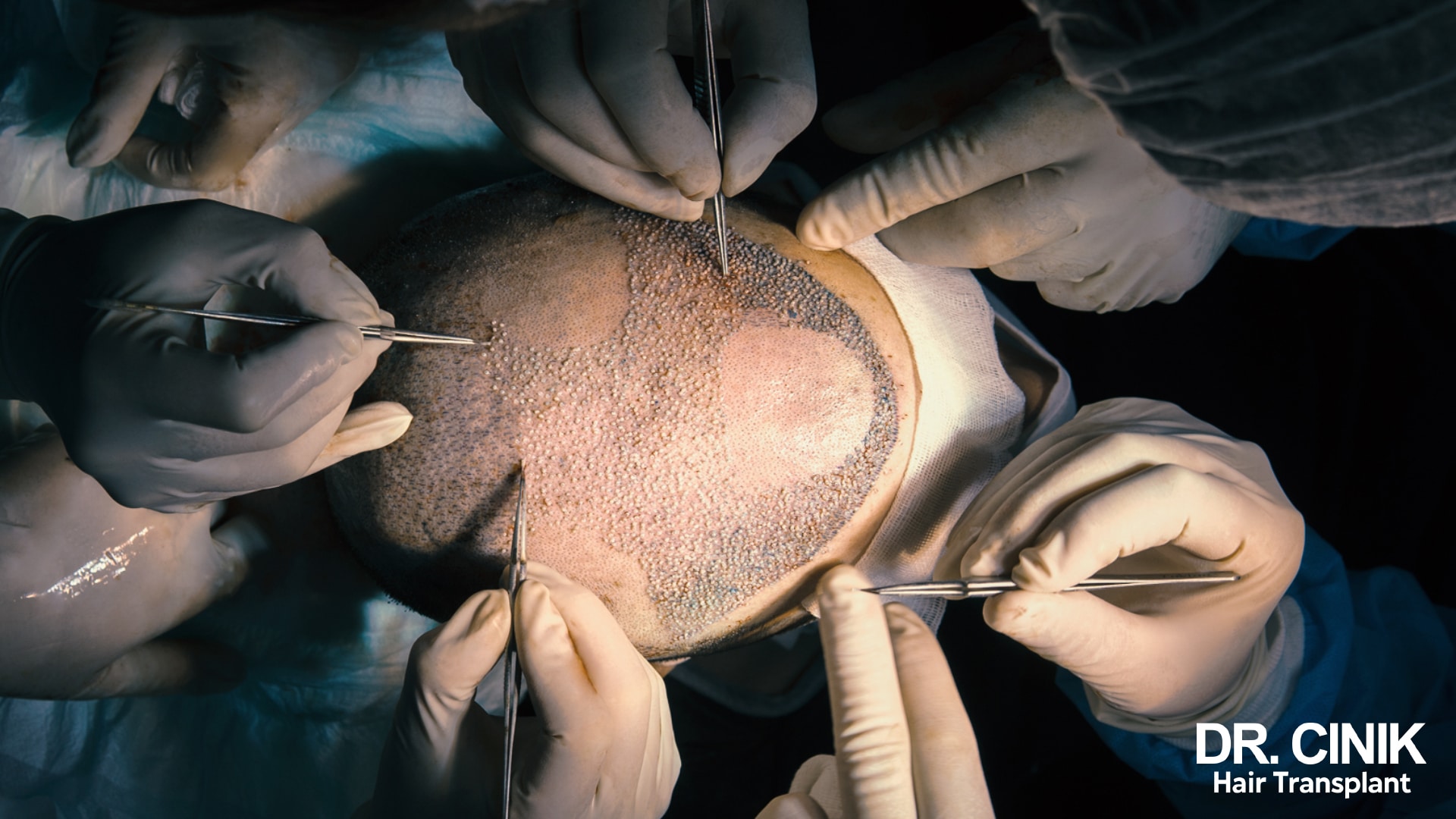
DHI
Direct Hair Implantation (DHI) is a state of the art technique that allows grafts to be made with a DHI implant pen. The healing process is accelerated as the practitioner does not need to make any incision channels before the operation. The aesthetic results are also very satisfactory.
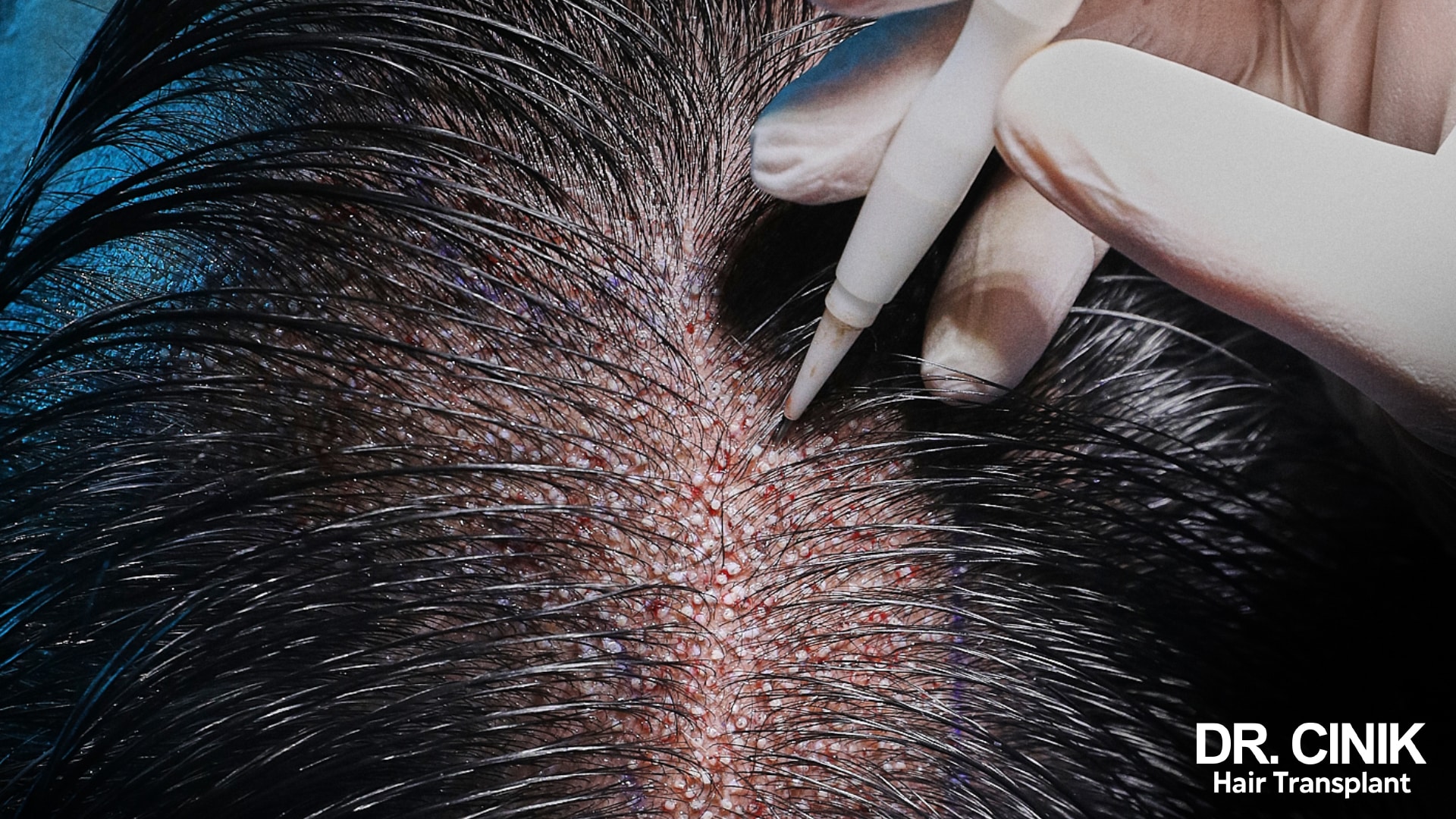
Some tips to slow down the progression of androgenetic alopecia
The advancement of hereditary alopecia can be decelerated through various methods. To ensure effectiveness, it’s recommended to take swift action upon the first indications of hair loss by consulting a specialist, typically a dermatologist. Beyond genetic and hormonal factors, deficiencies in essential nutrients such as vitamin D or B can hasten hair loss. Therefore, maintaining a balanced and nutritious diet is crucial.


